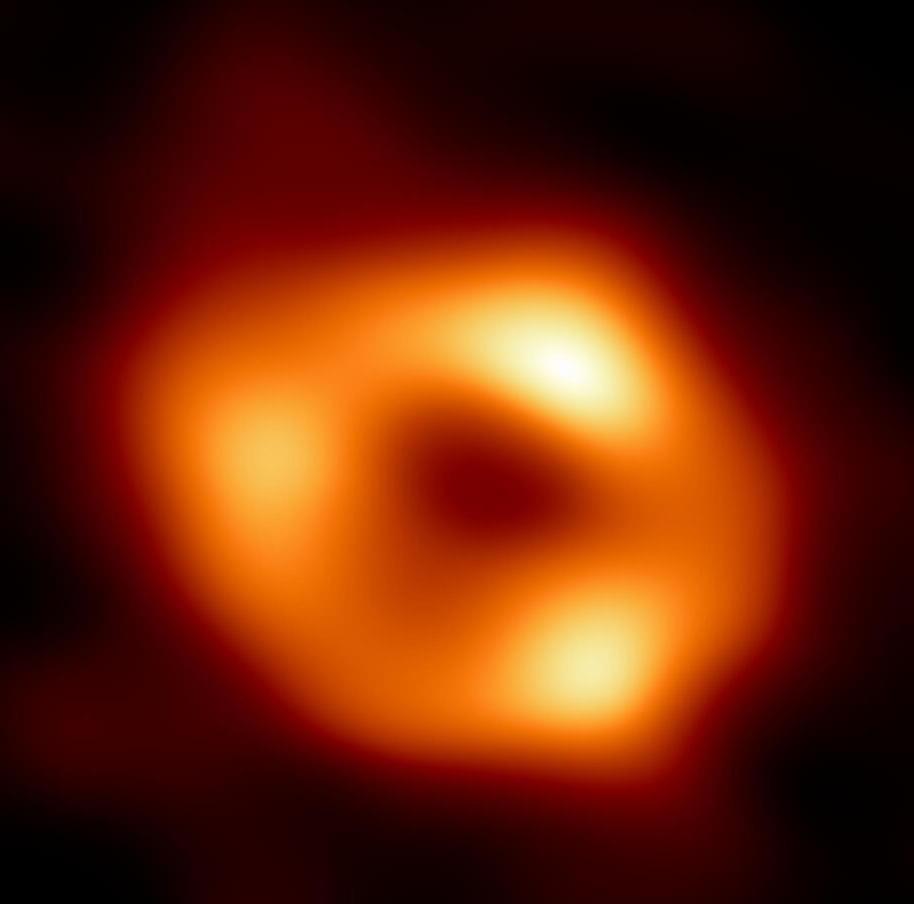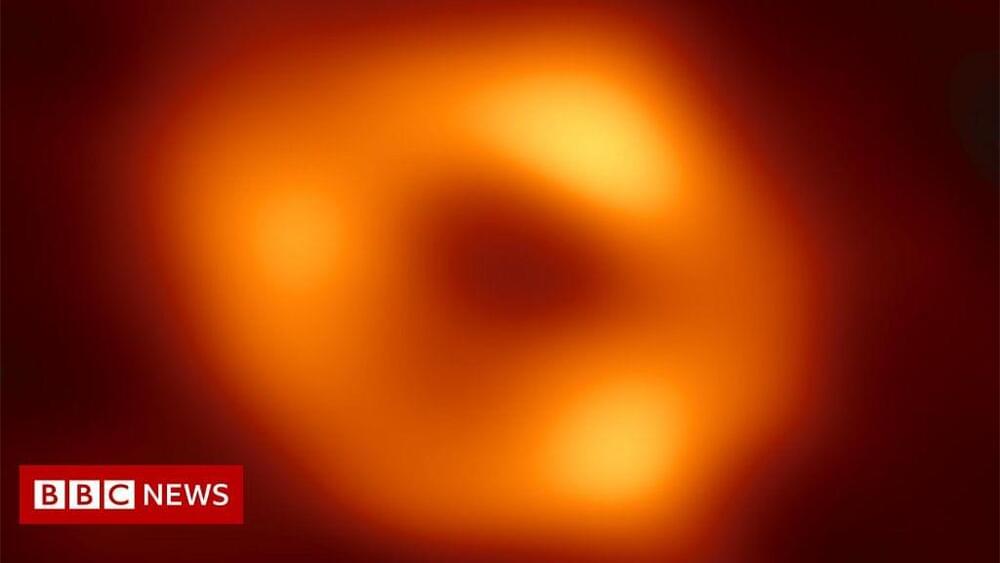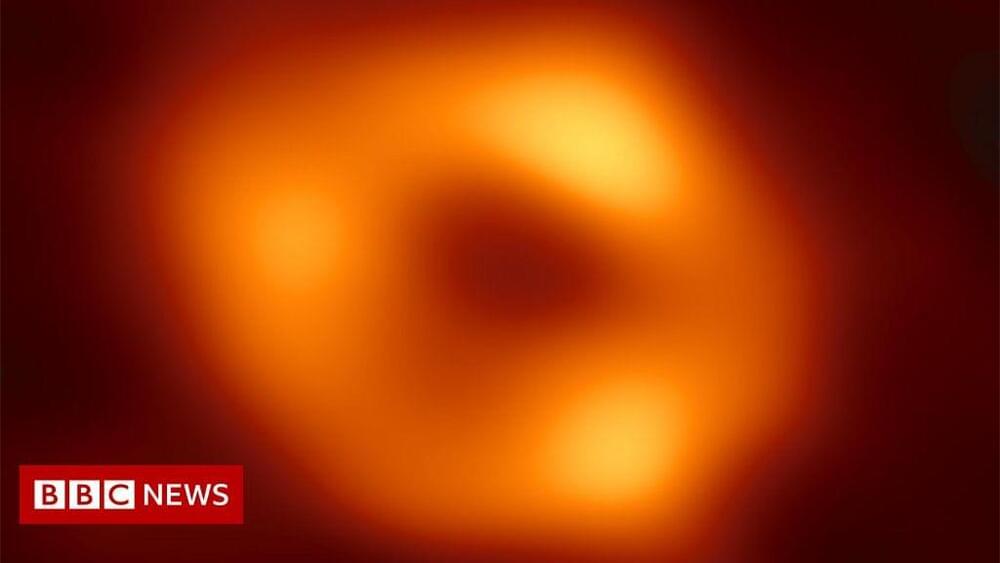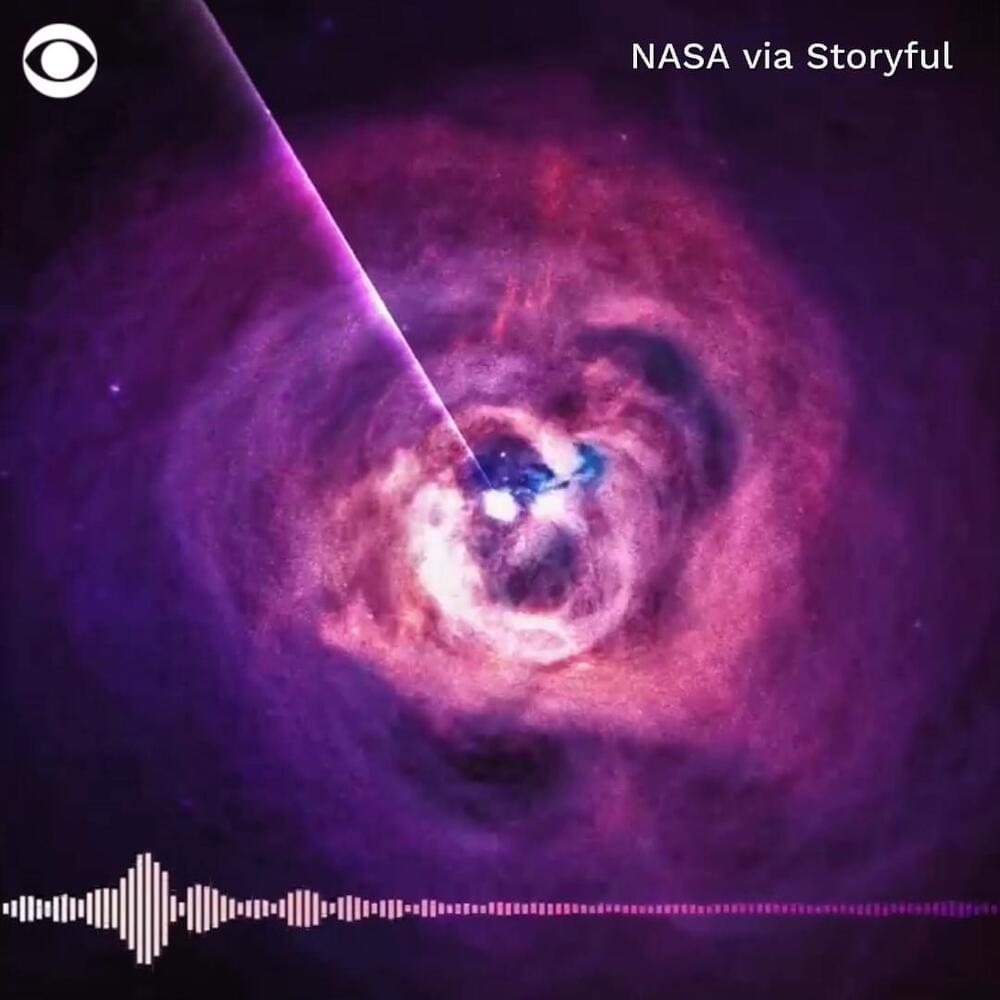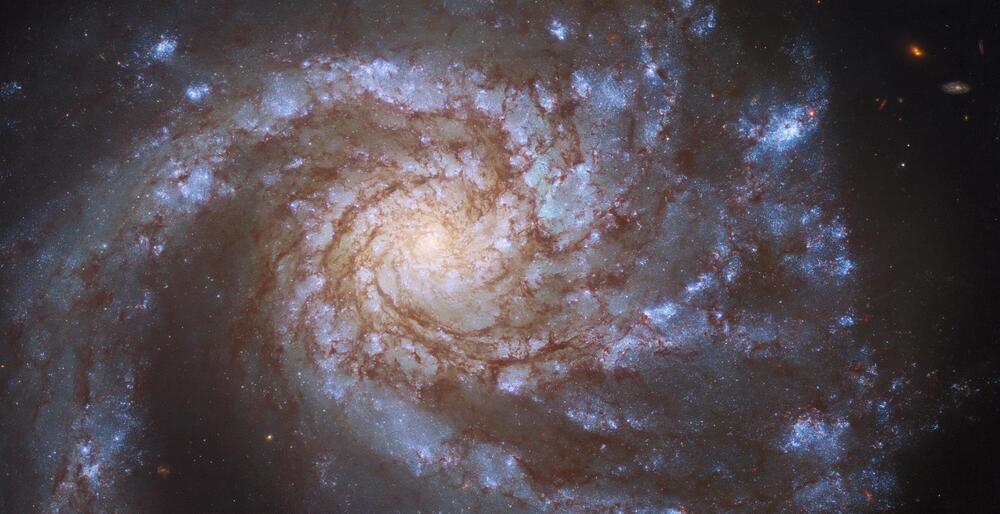The swirling spiral of the elegant galaxy M99 is on display in this week’s image from the Hubble Space Telescope. As a prototypical spiral galaxy, like our Milky Way, M99 has the classical rotating disk of stars, gas, and dust, which is concentrated and bright in the center and reaches out into space with spiral arms. But his particular galaxy isn’t just any spiral galaxy — it is a “grand design” spiral galaxy, a classification given to the neatest and most orderly spiral galaxies whose arms are particularly prominent and well-defined.
The galaxy M99 is located in the constellation of Coma Berenices and is around 42 million light-years from Earth. As well as being visually stunning, this galaxy is an interesting target of research and has been imaged by Hubble’s Wide Field Camera 3 instrument twice, for two different research projects.
The first project M99 was observed for is one which looked at the difference between two types of explosions that can occur at the end of a star’s life: Novae and supernovae. Supernovae are the more dramatic, famous events, in which massive stars run out of fuel and explode in huge, bright events which can send out shockwaves and leave behind distinctive remnants. The less famous novae are dimmer events that happen when white dwarfs in a binary system with a larger star suck off layers of matter from that star’s outer shell.

